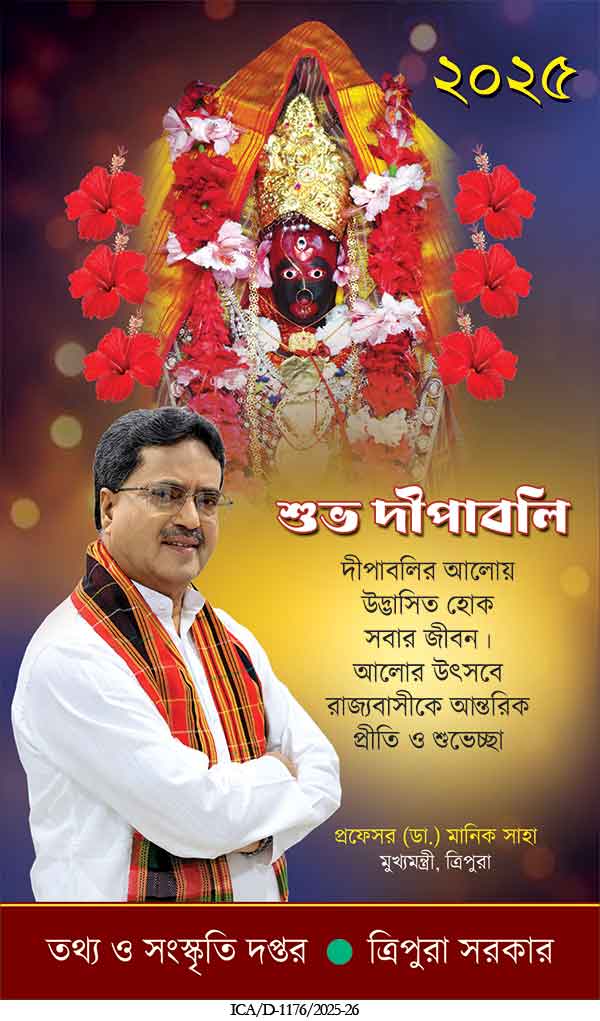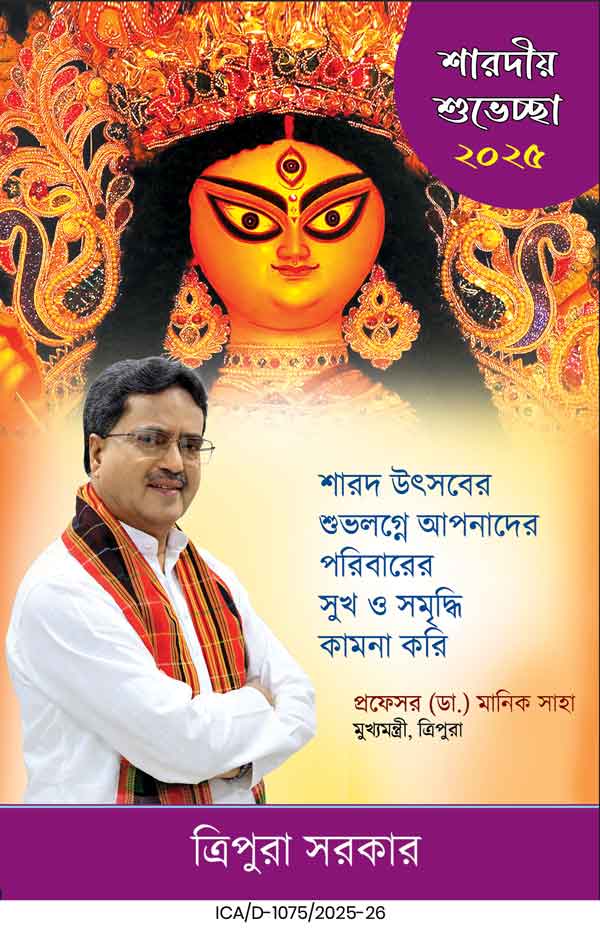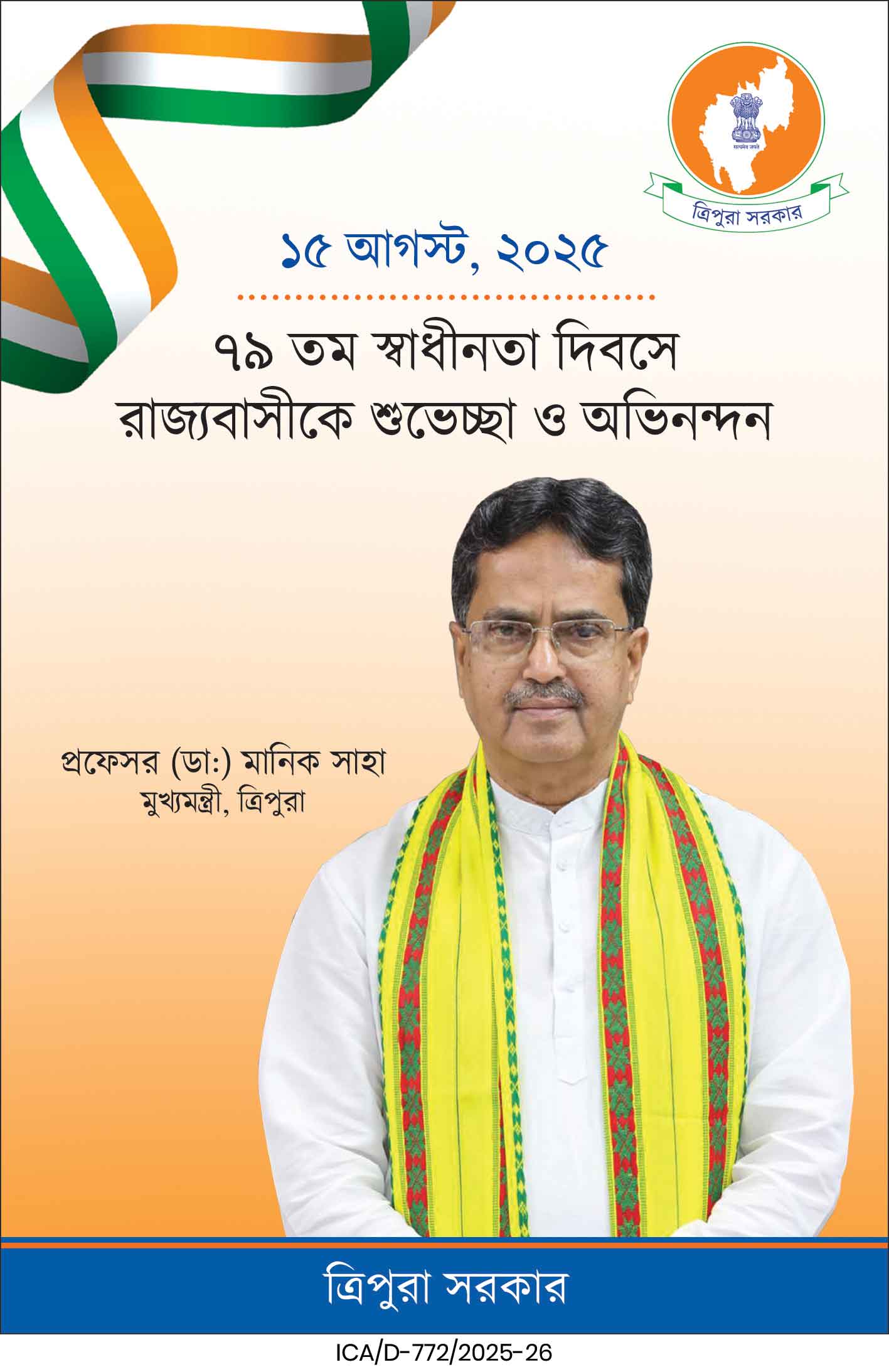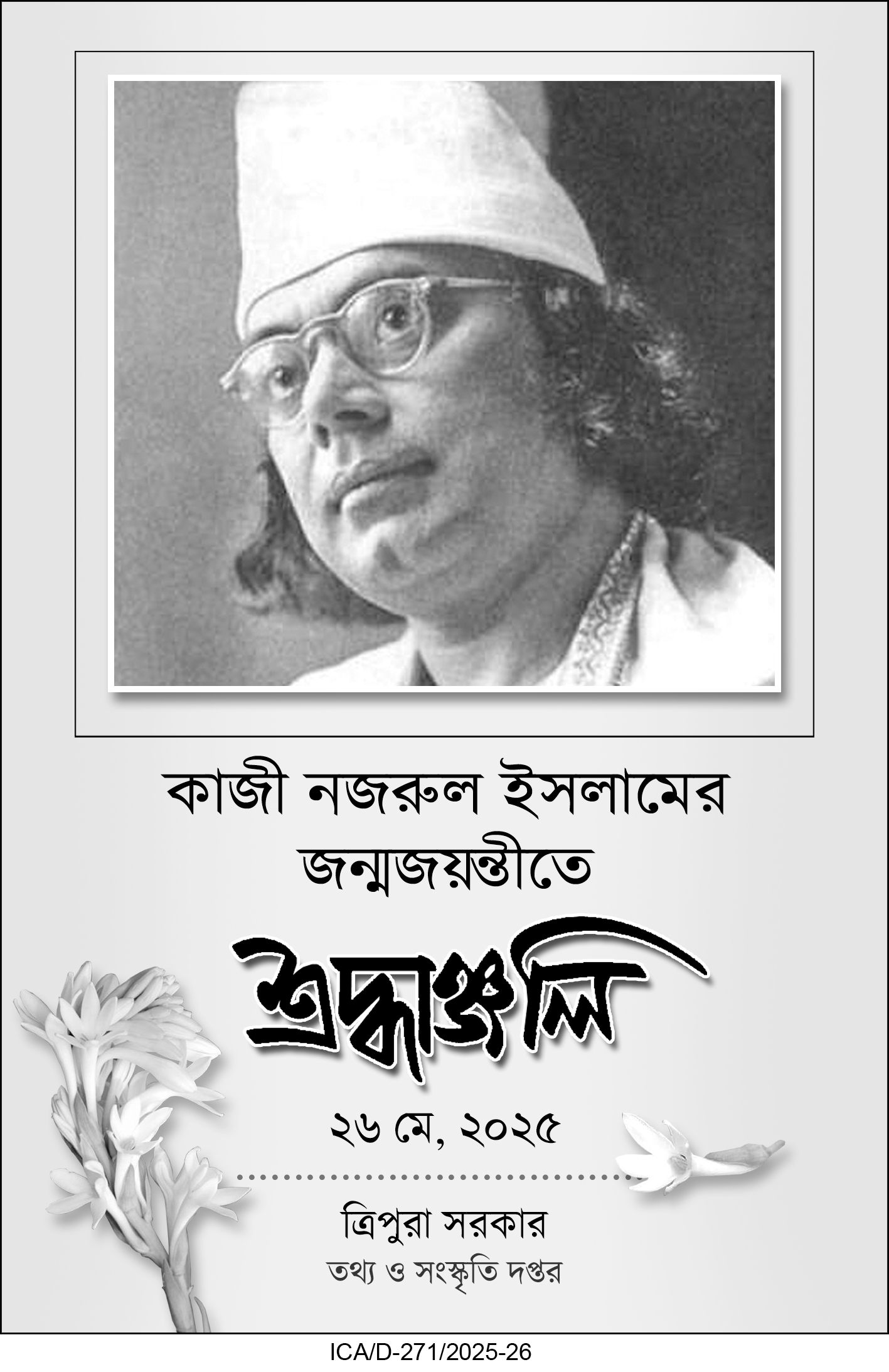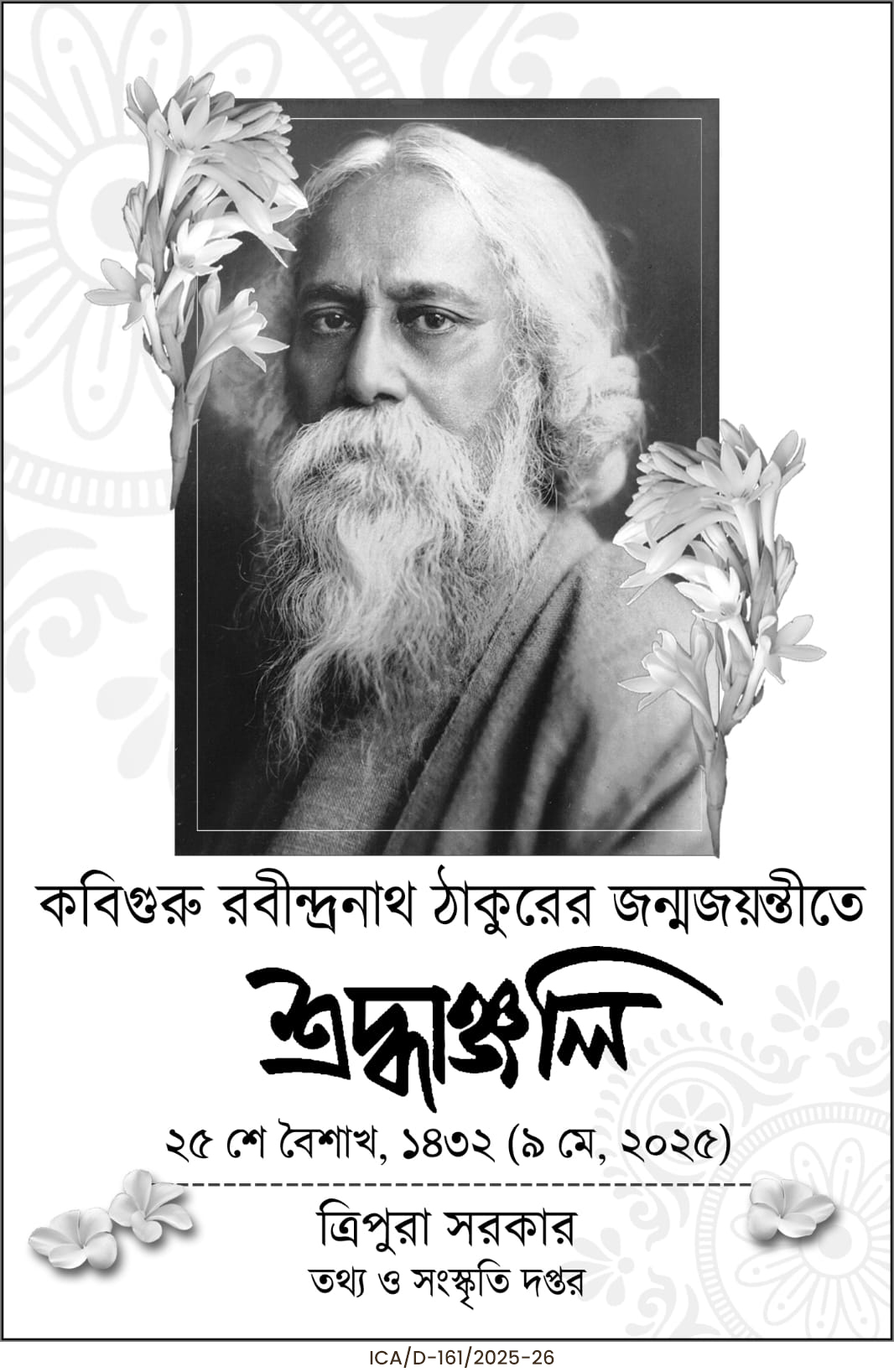Bihar Assembly Election 2025 Phase-II: Over 3.7 crore voters decide Nitish Kumar’s development model versus Tejashwi Yadav’s M-Y equation. NDA banks on governance, while INDIA Bloc pushes social justice amid anti-incumbency and Prashant Kishor’s Jan Suraaj challenge.
As the political temperature rises in Bihar, campaigning for the second phase of the 2025 Assembly elections concluded on Sunday evening, setting the stage for a crucial electoral showdown on Tuesday. More than 3.70 crore voters across 20 districts will determine the fate of 1,302 candidates contesting in 122 constituencies, a phase widely seen as the decisive test between Chief Minister Nitish Kumar’s development pitch and the Mahagathbandhan’s social justice narrative.
The counting of votes, scheduled for November 14, will ultimately decide whether the NDA government led by Nitish Kumar retains power or if the RJD-Congress-led Grand Alliance (INDIA Bloc) stages a political comeback under Tejashwi Yadav’s leadership.
NDA Banks on Governance and Development
For the National Democratic Alliance (NDA), the second phase is not just another election round but a referendum on two decades of Nitish Kumar’s leadership and his governance record, often branded as Sushasan (good governance). The campaign’s messaging has focused heavily on development, infrastructure, women’s empowerment, and welfare schemes funded by both the state and central governments.
Key highlights of the NDA campaign include the promotion of central welfare programs, such as scholarships, old-age pensions, and rural infrastructure projects, alongside the recent inauguration of highways, bridges, and medical colleges. The BJP-JDU alliance, supported by a strong RSS and ABVP-backed grassroots network, has relied on its deep organisational structure to mobilise voters across caste and community lines.
NDA strategists have been careful to maintain cohesion among their core social base—upper castes, extremely backward classes (EBCs), and women voters—who have consistently supported Nitish Kumar. The coalition has also projected its governance record as a contrast to the RJD’s rule in the 1990s, often described by NDA leaders as a “return to jungle raj.”
Challenges for the NDA
However, the alliance faces visible anti-incumbency after nearly 20 years in power. Issues such as unemployment, corruption allegations, and the continuing debate over liquor prohibition have created pockets of resentment, especially among younger and urban voters.
Political analysts note that Bihar’s social composition—where OBCs, EBCs, and Dalits constitute nearly 85% of the population— poses a strategic challenge for the NDA, given the BJP’s perceived upper-caste bias in some regions.
Moreover, the INDIA Bloc’s aggressive campaign targeting inflation, unemployment, and law-and-order concerns has gained traction. Adding to the mix, Prashant Kishor’s Jan Suraaj movement has sparked noticeable enthusiasm, particularly among first-time voters attracted to his anti-establishment stance and promises of employment and migration reform.
INDIA Bloc’s Social Justice Push
On the other side, the RJD-led Grand Alliance (INDIA Bloc) is banking on its traditional M-Y (Muslim-Yadav) vote base, which together accounts for roughly 32% of Bihar’s population. Tejashwi Yadav’s campaign, built around the themes of unemployment, migration, and social justice, has struck an emotional chord with young voters and migrant families hit by economic distress.
The alliance has also placed the caste-based census at the core of its political narrative, arguing that it will bring fairer representation and resource distribution to backward and marginalised communities. Both the RJD and Congress have been actively engaging youth through online campaigns highlighting issues of job reforms and examination transparency.
Hurdles for the Grand Alliance
Despite strong messaging, the INDIA Bloc faces significant internal and external challenges. The RJD and Congress’s seat-sharing tussle, which briefly played out in public, exposed coordination gaps within the alliance. The Congress’s declining organisational strength and lack of a powerful state-level leader have also limited its independent appeal.
At the grassroots level, the NDA’s disciplined booth management contrasts sharply with the Grand Alliance’s weaker rural network, raising concerns about voter mobilisation in crucial constituencies.
In the Seemanchal region, the AIMIM’s presence could split Muslim votes, potentially benefiting the NDA in closely fought seats. Additionally, Prashant Kishor’s Jan Suraaj campaign—appealing to educated and urban youth—might erode the INDIA Bloc’s vote share in select constituencies.
The Decisive Phase Ahead
As Bihar heads into the second phase of voting, the contest represents more than a power struggle—it reflects two contrasting political narratives: Nitish Kumar’s governance and stability agenda versus Tejashwi Yadav’s social justice and youth empowerment appeal.
| Also Read: J&K Police foil major terror plot, seize 2,900 kg explosives |
With both camps pulling out all stops and Prashant Kishor emerging as an unpredictable third force, Tuesday’s voting could well define the political future of Bihar for the next decade.

